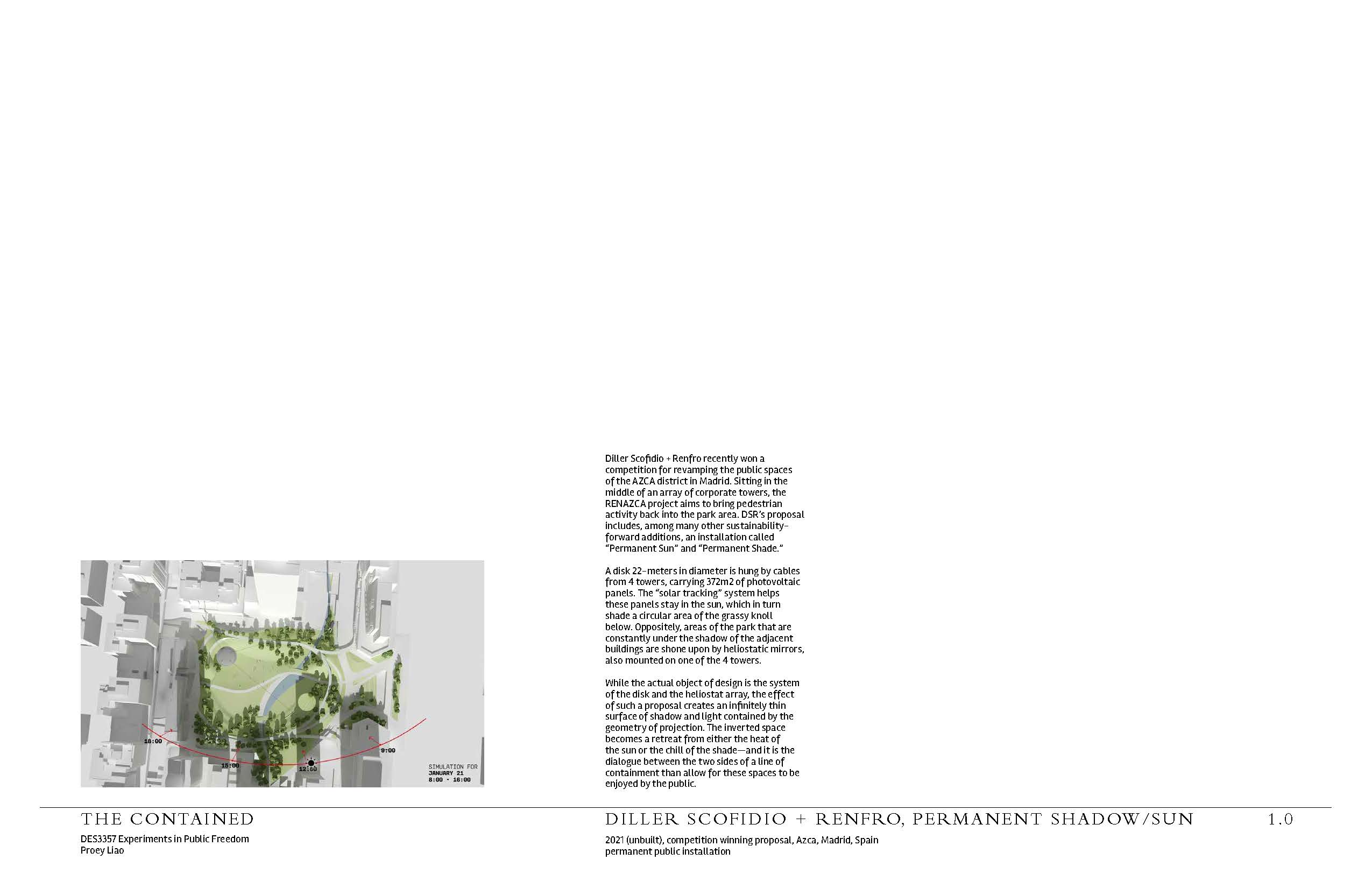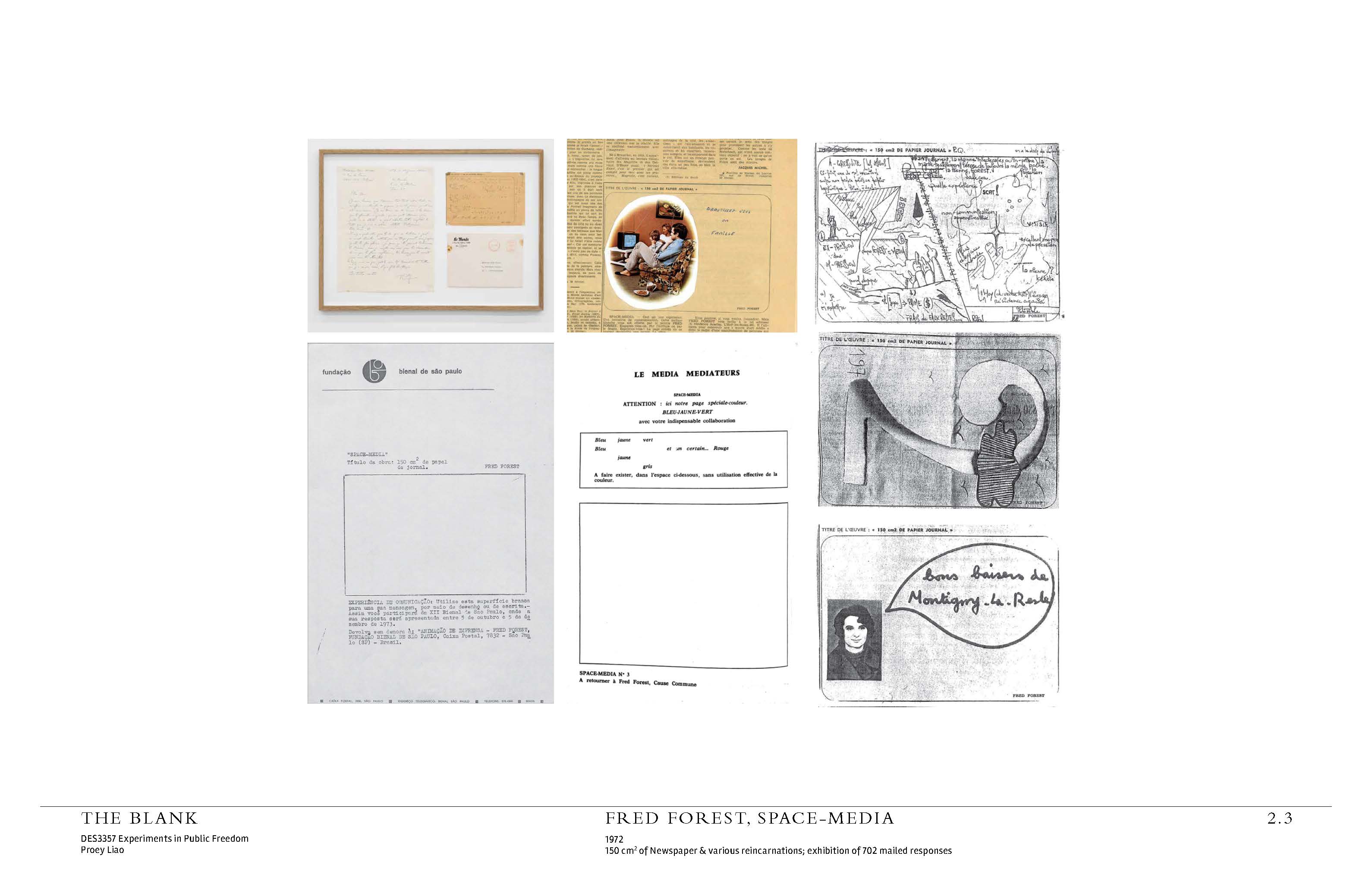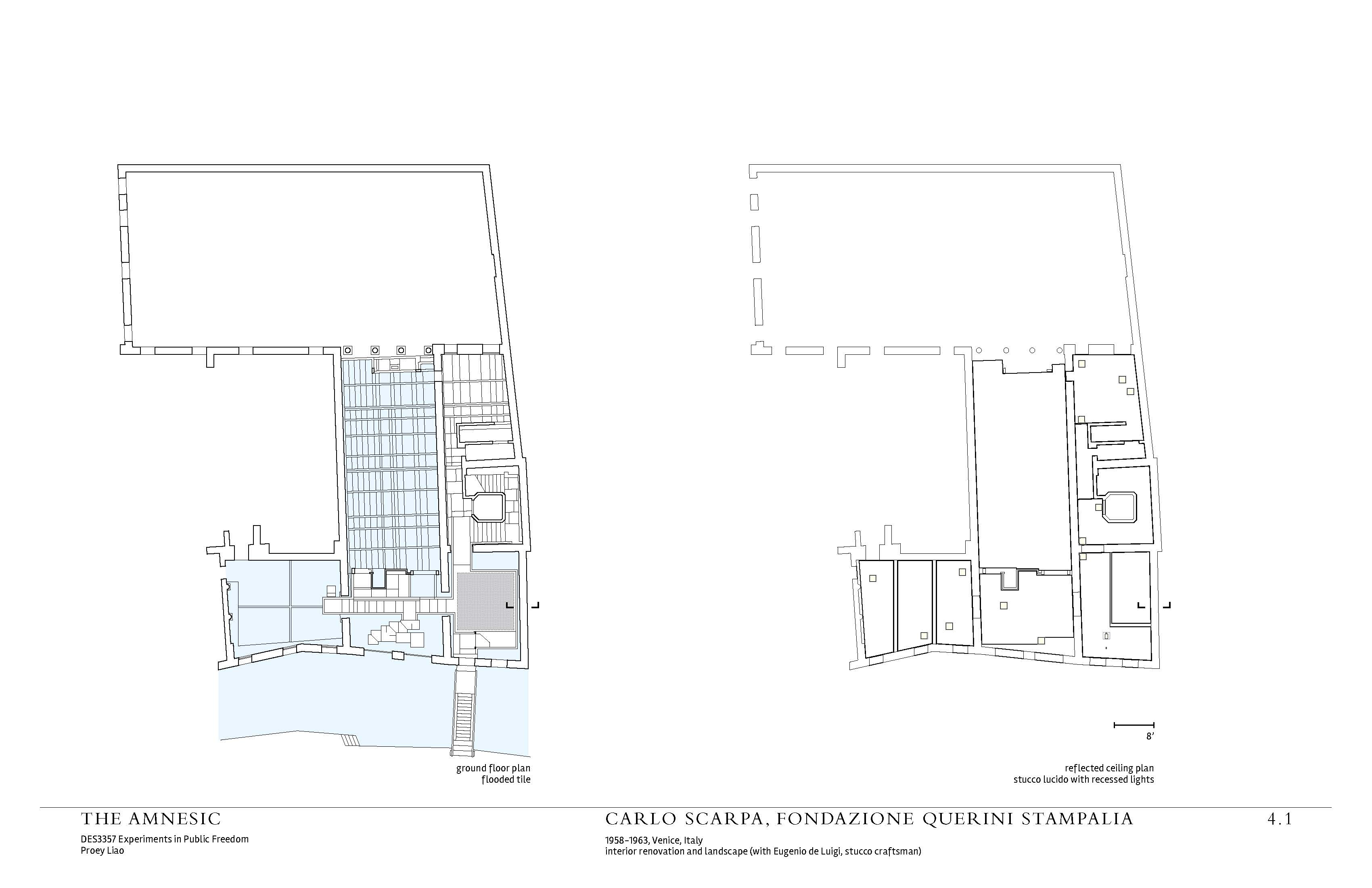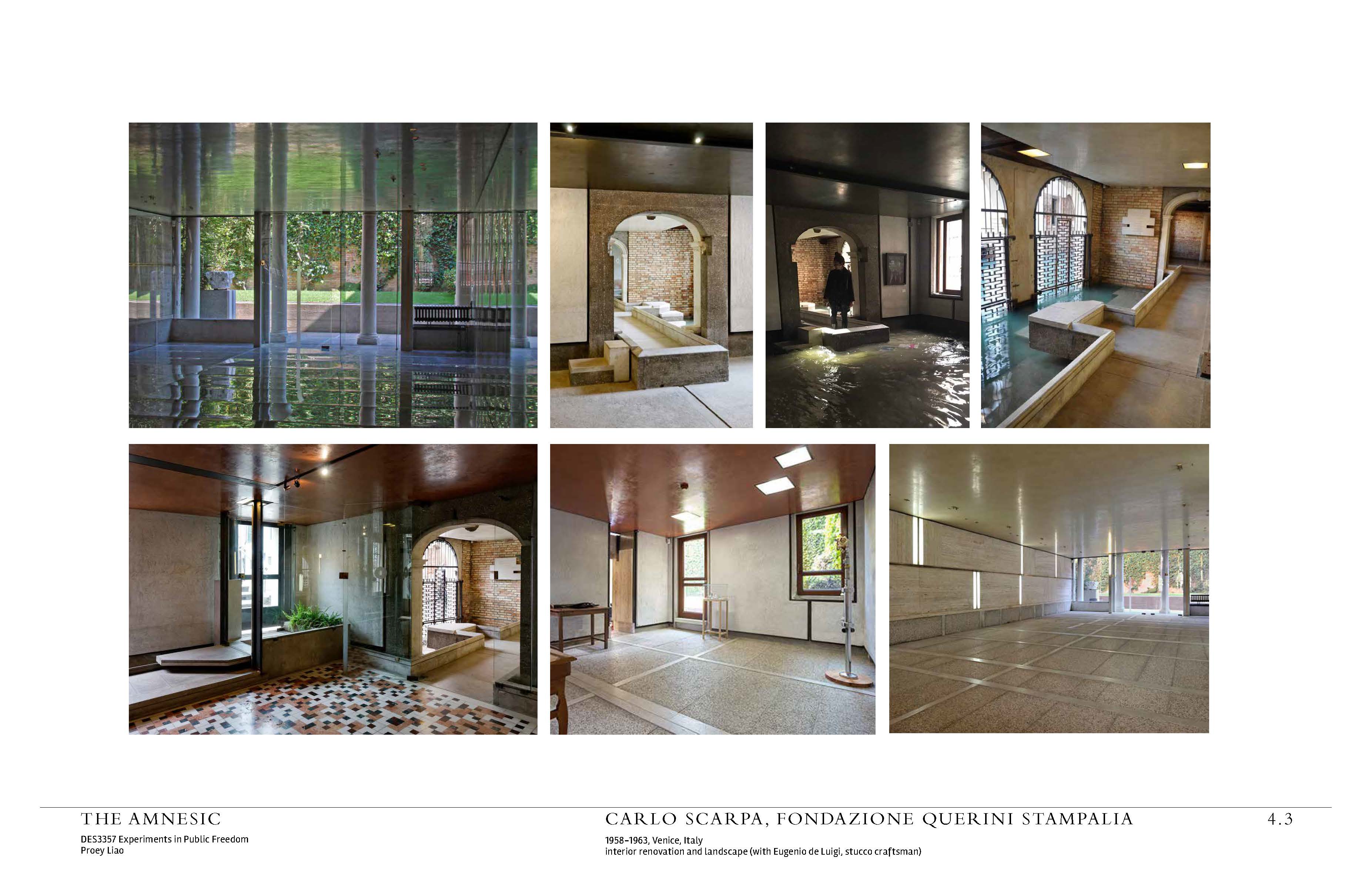Proey Liao (MArch II / MDes)
Thin & Flat
Surface Spacemaking as a Technique of Public Freedom
This primer explores the thinness and flatness of surfaces as a tactic for designing public space. Thin and flat surfaces can be tactically deployed to highlight particular qualities that already exist, latent in the spaces in which they are inserted. The elements and dimensions of the surface are carefully calibrated to have no purpose other than exposing a potential use or unexpected truth of an unsuspecting space.
The thinness has a two-fold effect. It is graphical, using its visual materiality to dialogue with its surroundings. It is also aspatial, only inhabiting a small slice of three-dimensional space, which allows these surfaces to be mobile or flexible, fitting into existing spaces. By giving its visual effort to one face while reducing its spatial footprint to a minimum, these surfaces are well-suited for designing a disposition of public space. The following examples show that a well-placed, well-dimensioned, and—most importantly—well-wishing surface can drastically transform public space without using much space at all.
Experiments in Public Freedom Spring 2021
Thin & Flat
Surface Spacemaking as a Technique of Public Freedom
This primer explores the thinness and flatness of surfaces as a tactic for designing public space. Thin and flat surfaces can be tactically deployed to highlight particular qualities that already exist, latent in the spaces in which they are inserted. The elements and dimensions of the surface are carefully calibrated to have no purpose other than exposing a potential use or unexpected truth of an unsuspecting space.
The thinness has a two-fold effect. It is graphical, using its visual materiality to dialogue with its surroundings. It is also aspatial, only inhabiting a small slice of three-dimensional space, which allows these surfaces to be mobile or flexible, fitting into existing spaces. By giving its visual effort to one face while reducing its spatial footprint to a minimum, these surfaces are well-suited for designing a disposition of public space. The following examples show that a well-placed, well-dimensioned, and—most importantly—well-wishing surface can drastically transform public space without using much space at all.
Experiments in Public Freedom Spring 2021




















